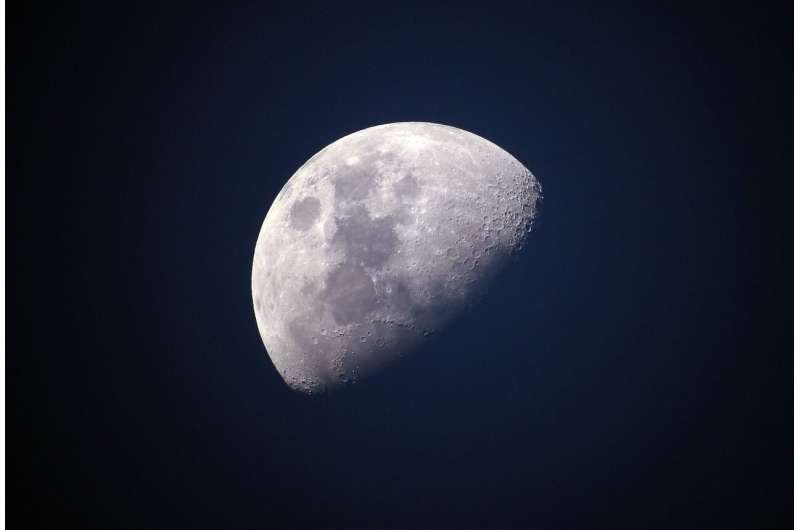It has to be done mostly autonomously," says Shlok Agarwal, a 21-year-old senior leading the Virginia Tech team. "This helps us explore the surface of Mars and get water there. But if we were to send this without astronauts, we can control everything on that rig from down on Earth."
The water is needed for life-sustaining purposes and to produce rocket fuel for bringing astronauts home.
It takes plenty of mass for missions to Mars, said NASA Langley Research Center aerospace engineer Chris Jones, and reducing that is a primary goal. If astronauts can make the fuel or life support goods, such as water and oxygen, it will help lighten their shipping load.
"For every pound you might have on the surface of Mars, it might take 20 to 30, even more times that (weight) launching from Earth to get it there,' Jones said. "Saving a few 1,000 pounds of fuel on Mars could very easily turn into tens, or hundreds of thousands of pounds leaving Earth."
Rick Davis, the assistant director for science and exploration at NASA,scientists discovered evidence of water on the moon and Mars within the past 15 years.
On the moon, water deposits are mixed in the soil, likely from comets impacting the moon's surface, he said. Additionally, the moon has craters that don't receive sunlight and, as a result, stay extremely cold. If water is deposited in a crater, it stays there.
But because it's so cold on the moon, most machines don't work well.
"Accessing (the water) is a very tricky thing," Davis said.
Billions of years ago. there were oceans and glaciers on Mars similar to Earth, Davis said. But as the red planet started losing its atmosphere and became more frozen, some oceans evaporated. Some are still there, but when NASA launched satellite orbiters to search for underground lakes, the agency found something unexpected.
"We found all these ice sheets," Davis said.
For the competition, students are being judged on how much water their rigs can extract, either in the form of chips, liquid or steam, Jones said. They also will be judged on their process and how realistic their concept is for use on the moon and on Mars.
A winning team will be announced Monday, NASA Langley officials said.
Agarwal said he has been working on this project since his sophomore year and created the squad he named and now leads—the Martian Subsurface Analysis Team or MSAT. This school year, he received 80 applications from students who want to join.
Anaya Acharya, 21, a team member majoring in electrical engineering at Tech, said her mother, who has a master's in physics, encouraged her to pursue engineering.
"She always had this small guilt of not doing engineering. She was kind of one of my supporting role models," Acharya said. "There's hope for like, for very young engineers, who can come and develop something for the society."
Explore further
2021 Daily Press.
Distributed by Tribune Content Agency, LLC.



